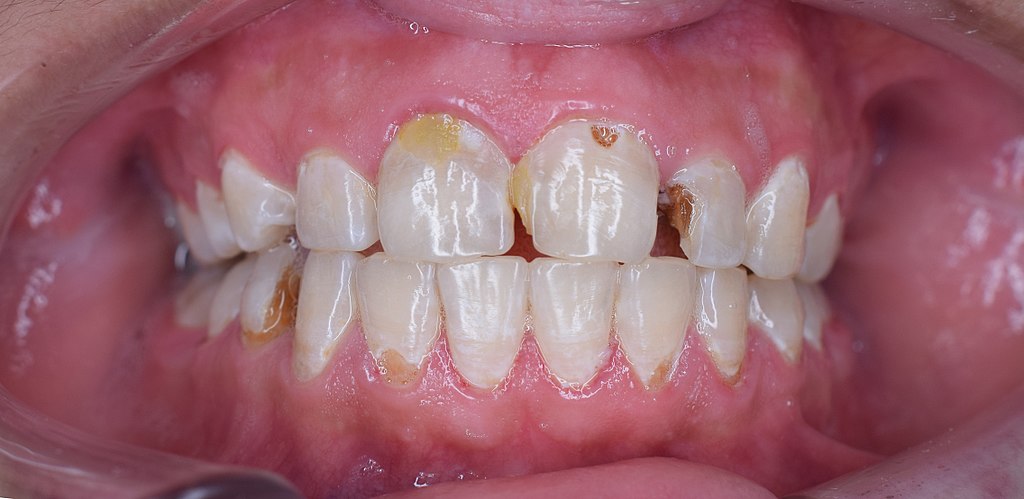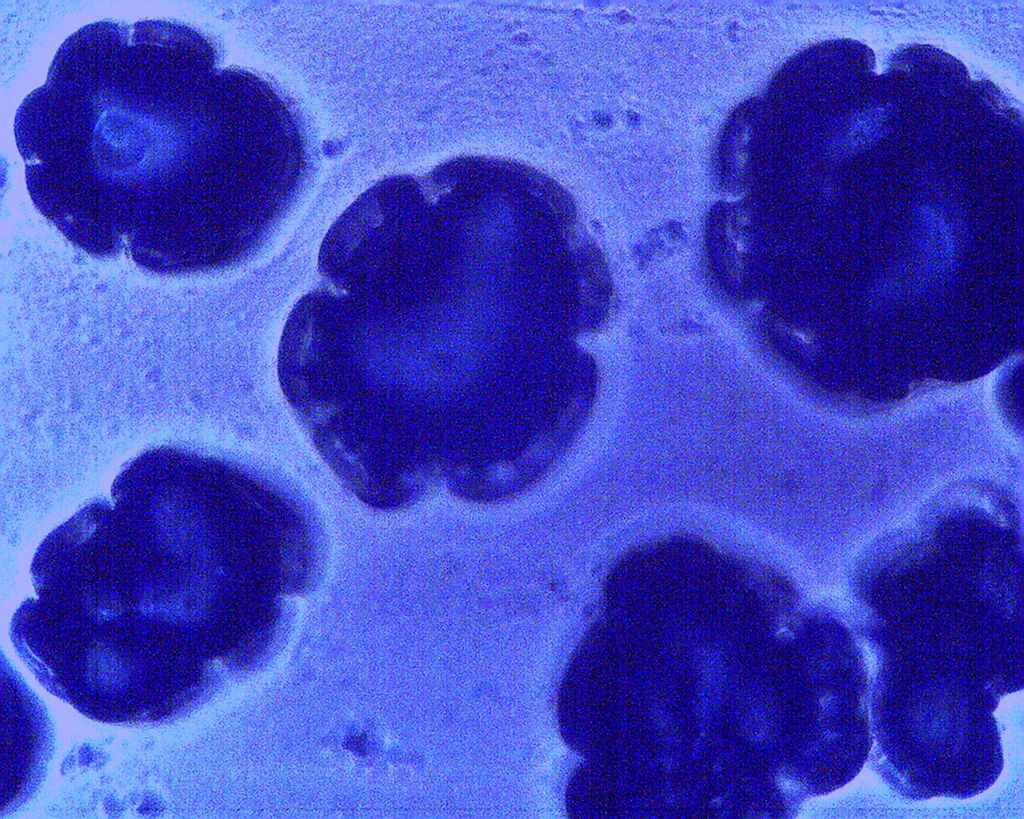Tooth decay is a progressive process leading to formation of tiny holes, or cavities, on the surface of the teeth. This pervasive issue impacts an estimated 2 billion people globally, including 514 million children, causing cavities in their permanent teeth.
Experts believe the leading cause of tooth decay is a combination of oral bacteria, improper diet, and inadequate oral hygiene. The sugars and starch left on teeth serve as nourishment for acid-forming bacteria, which subsequently create a transparent, sticky layer known as plaque. When plaque hardens, it transforms into tartar, a formidable barrier that shelters bacteria and makes plaque challenging to remove. Prolonged exposure to bacteria, as they metabolize sugar into acid, results in tooth erosion and cavity formation.

Although there may be no initial symptoms, its progression can lead to toothaches, sensitivity, pain, and darkening of the tooth surface. Regular dental check-ups and good oral hygiene practices are crucial to ward off the plaque buildup that drives tooth decay.Streptococcus mutans (S. mutans) is recognized as the primary bacterium behind childhood tooth decay. But it is only one member of the diverse bacterial community that exists within plaque. Scientists suspect that other bacteria might enhance S. mutans‘ decay-causing capabilities. The identities of these bacteria and their interactions with S. mutans, however, remain obscure.
| This post may interest those with a higher polygenic risk score for tooth decay. |
In a recent publication in Nature Communications, researchers from Penn Dental Medicine and the University of North Carolina revealed a newly discovered bacterial species, Selenomonas sputigena (S. sputigena), associated with tooth decay. This discovery enhances our understanding of biofilm formation and could inform future strategies for cavity prevention.
The Study
The researchers analyzed plaque samples from 300 children aged 3-5 in North Carolina communities, half of whom had clinical tooth decay. Using a variety of genomic sequencing approaches, they identified 16 bacteria species associated with tooth decay. Stringent selection criteria narrowed their focus to three species for further validation and characterization: S. sputigena, P. salivae, and L.wadei.
The team then scrutinized whether these bacteria could emulate the decay-causing capabilities of S. mutans, such as acid production and biofilm creation. They also used animal models to demonstrate that certain combinations of bacteria intensified biofilm virulence compared to S. mutans alone.
Results
While all three candidate bacteria displayed the capacity to convert sugar into acid — a requisite step in tooth decay — only S. sputigena amplified this effect when combined with S. mutans. The authors also assessed biofilm development, revealing that the three bacteria individually failed to effectively colonize surfaces or form biofilms. However, in the presence of S. mutans, all three generated biofilms, with S. sputigena causing the most noticeable increase.
This outcome prompted a closer examination of S. sputigena. The researchers discovered that S. sputigena, typically mobile, becomes immobilized yet active within the extracellular matrix produced by S. mutans. By establishing an organized structure and acting as a protective barrier, S. sputigena fosters localized growth and accumulation of S. mutans, accelerating tooth decay beyond what is seen with S. mutans alone.

Animal models mirrored these findings. Mice infected with S. mutans developed cavities similar to those in children, while those with only the natural oral microbiome did not. Interestingly, mice infected with S. sputigena alone did not develop cavities. However, co-infection of S. sputigena and S. mutans led to a higher number and severity of cavities than those caused by S. mutans alone.
The authors acknowledge the study’s limitations, including the inability of their protocol to detect other potential microbial culprits, such as viruses and fungi, that might interact with oral bacteria. They also note that conducting longitudinal studies could unearth more bacteria implicated in tooth decay.
Summary
The research suggests that S. sputigena does not induce tooth decay independently but synergistically enhances S. mutans’ decay-causing ability. This is the first time scientists have linked S. sputigena, previously known to contribute to other dental problems, with tooth decay. This insight broadens our understanding of childhood cavity formation and could help in developing more effective treatments and preventative measures.
Explore your oral microbiome!
All Nebula Genomics WGS tests include decoding your oral microbiome. Simply log into your account to explore its composition!
Citation
Cho H, Ren Z, Divaris K, Roach J, Lin BM, Liu C, Azcarate-Peril MA, Simancas-Pallares MA, Shrestha P, Orlenko A, Ginnis J, North KE, Zandona AGF, Ribeiro AA, Wu D, Koo H. Selenomonas sputigena acts as a pathobiont mediating spatial structure and biofilm virulence in early childhood caries. Nat Commun. 2023 May 22;14(1):2919. doi: 10.1038/s41467-023-38346-3. PMID: 37217495; PMCID: PMC10202936.
